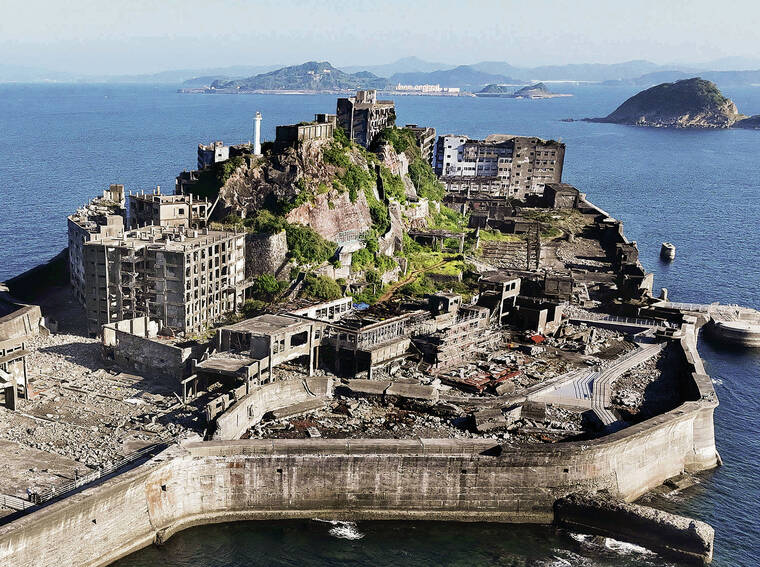Tokyo ranked high for natural-disaster risk
TOKYO >> A new report evaluating environmental and climate-related threats facing the world’s urban centers says Japan’s capital is among the cities that are most vulnerable to natural disasters.
According to the Cities@Risk outlook released by research firm Verisk Maplecroft, 99 of the world’s 100 riskiest cities are in Asia. The report ranks 576 cities on their exposure to a range of environmental issues.
It warned that 414 cities across the globe with a collective population of over 1.4 billion “are deemed to be at high or extreme risk from a combination of pollution, dwindling water supplies, extreme heat stress, natural hazards and vulnerability to climate change.”
When looking solely at natural disasters and the impact of earthquakes and typhoons on economies, populations and infrastructure, Tokyo (ranked fourth) and Osaka (third) — which will be hosting the 2025 World Expo — were listed as high-risk, trailing flood-prone Guangzhou (first) and Dongguan (second) in China.
“The concentration of people in Tokyo and Osaka, coupled with the complicated web of roads, tunnels, overpasses, underpasses and the vast railway and subway networks that cover these cities, pose substantial risks if disaster strikes and electricity is knocked out,” said Taishin Yamaguchi, CEO of BCP Japan Co., a company that provides disaster prevention consultations for buildings.
When Typhoon Faxai hammered the Kanto region in September 2019, for example, extreme gusts triggered massive blackouts in Chiba Prefecture. In some regions recovery took weeks.
Don't miss out on what's happening!
Stay in touch with breaking news, as it happens, conveniently in your email inbox. It's FREE!
Japan historically has been prone to earthquakes and late-summer typhoons. Tokyo, in particular, has weathered a 50% increase in typhoons since 1980, according to a study by the Meteorological Research Institute. In response, the capital has constructed dikes and floodgates along rivers and coastlines, and retention basins are being built to manage storm runoff. To mitigate risks, experts have called for decreasing the concentration of people in the nation’s largest cities.
Takayuki Yamaguchi, a civil engineering expert, said densely populated cities such as Tokyo and Osaka that are crowded with buildings carry an inherent risk. “In terms of earthquakes, one can imagine congested traffic leading to a gridlock nightmare while damaged buildings and homes could lead to large-scale fires,” he says. “But in terms of urgency, risks from water damage may be the most immediate threat we face as global warming leads to extreme weather.”
Japan’s 2020 White Paper on Disaster Management plan says the frequency of heavy rain has been increasing for several decades.
In Tokyo’s Edogawa Ward, if rivers overflow — or in the event of tidal flooding — floodwaters could reach more than 32 feet and remain for one to two weeks, or even longer in some areas.
And in a worst-case scenario, most areas in the low-lying “five wards of Koto” in eastern Tokyo — which includes Koto itself, a ward set to host Olympics events such as canoeing, swimming and tennis — would be submerged, affecting 2.5 million people, or more than 90% of the total population of the five wards.
Jakarta, plagued by pollution, seismic activity and flooding, topped the list.




